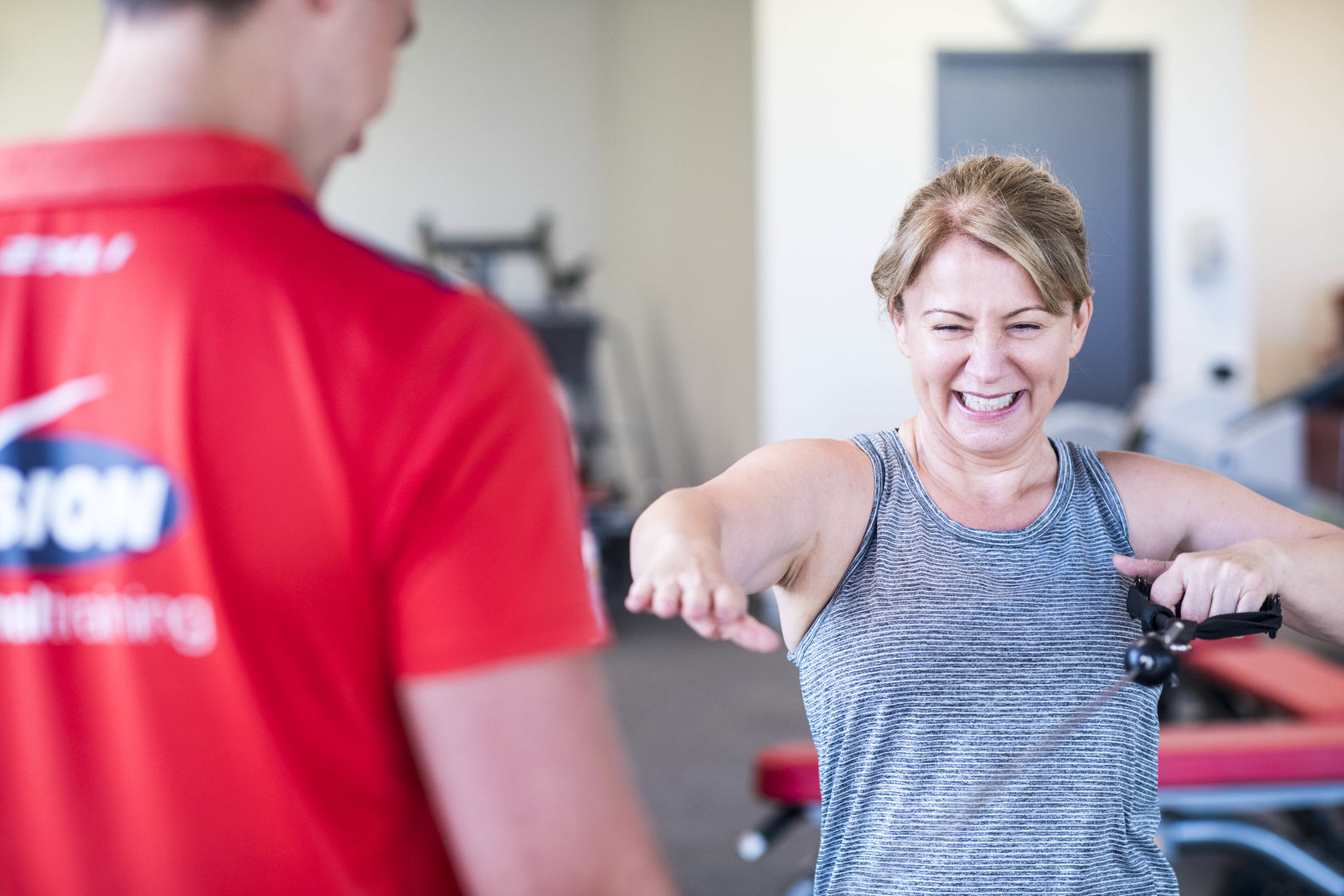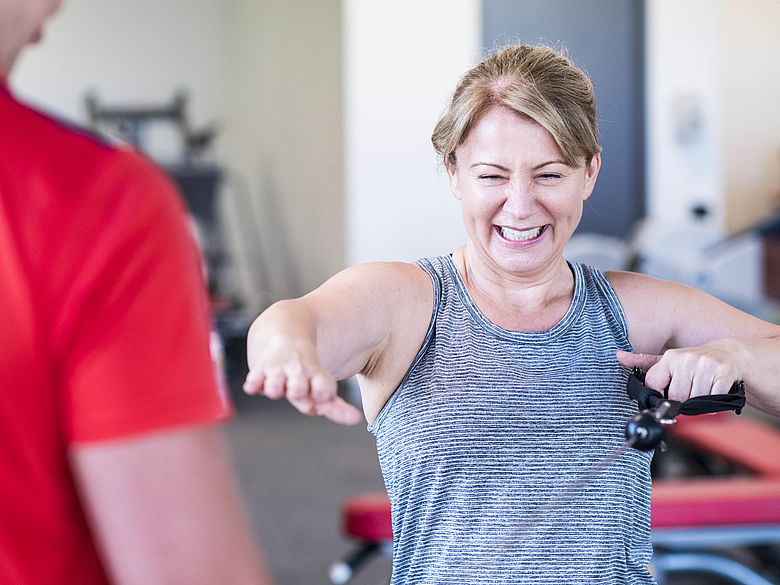The Importance of stretching.
I hate stretching! I am just being honest here. I naturally have tight muscles and stretching can be time consuming and painful. But, we MUST stretch!
It's not enough to build muscle and increase fitness, you need to think about flexibility also.
We need to try and put aside 15 minutes, 5 days a week so you can receive the many benefits out of stretching.
We sit too much which causes everyone to have mobility restrictions and imbalances.
I have clients ask me if stretching will help them lose weight and i say YES! Stretching is a form of exercise that involves controlled lengthening and shortening of various muscles in the body and is frequently performed in association with more strenuous forms of exercise such as cardio or weights sessions. While stretching does not typically contribute to weight loss it does however help prepare your body for exercises that help you lose weight and also helps relieve stress and anxiety.
You may think of stretching as something performed only by runners or gymnasts. But we all need to stretch in order to protect our mobility and independence. A lot of people don't understand that stretching has to happen on a regular basis. It should be daily.
I have learnt the hard way, I am a competitive endurance horse rider and track runner which is very demanding and I wasn't putting stretching as a priority and now I am suffering the consequences with shin splints and a tear in my calf muscle. Lesson learnt.
Why it's important? Stretching keeps the muscles flexible, strong, and healthy, and we need that flexibility to maintain a range of motion in the joints. Without it, the muscles shorten and become tight. Then, when you call on the muscles for activity, they are weak and unable to extend all the way. That puts you at risk for joint pain, strains, and muscle damage. For example, sitting in a chair all day results in tight hamstrings in the back of the thigh. That can make it harder to extend your leg or straighten your knee all the way, which inhibits walking. Likewise, when tight muscles are suddenly called on for a strenuous activity that stretches them, they may become damaged from suddenly being stretched. Injured muscles may not be strong enough to support the joints, which can lead to joint injury.
Regular stretching keeps muscles long, lean, and flexible, and this means that exertion won't put too much force on the muscle itself. Healthy muscles also help a person with balance problems to avoid falls.
Where do I even begin?
With a body full of muscles, the idea of daily stretching may seem overwhelming. But you don't have to stretch every muscle you have. The areas critical for mobility are in your lower extremities: your calves, your hamstrings, your hip flexors in the pelvis and quadriceps in the front of the thigh. Stretching your shoulders, neck, and lower back is also beneficial. Aim for a program of daily stretches or AT LEAST four times per week.
Find a physical therapist who can assess your muscle strength and tailor a stretching program to fit your needs. If you have chronic conditions such as Parkinson's disease or arthritis, you'll want to clear a new stretching regimen with your doctor before you start. Ask for Vision Trainer to stretch you at the end of your session with our stretching sequence, it's a great way to wind down after your session and will help with the recovery process.
Come on!! Let's stretch our way to a flexible future.
*Disclaimer: Individual results vary based on agreed goals. Click here for details.

